|
I know. Its been ages since I've updated the blog. Ashamedly I'm actually posting this 6 months after the above date. On the flip side, there's lots of photos to share so I'm going to try and get it all out there quickly (and may have to sacrifice detailed write-ups!)
Photos taken on a lovely spring afternoon in the garden. Technical details: Fuji X-M1 with OM MF Olympus 50mm f1.8 lens and Teleplus Macro Converter
0 Comments
A gorgeous Spring day at Kew Gardens, London's royal botanical gardens, and what better place to test out a new macro lens - the Fujinon 60mm f2.4 macro. I found it to be stunning - the reviews of proclaiming edge-to-edge sharpness even wide open as well as tack sharp in the centre proved to be true - a pleasure of a lens to use. With the exception of when photographing insects, the slightly slow AF can be forgiven in light of the near-perfect optical performance.
Having a quick browse through the International Garden Photographer of the Year competition displays provided some inspiration to Neha and myself for the rest of the day! I'm hoping to return to Kew later this year in late Spring / early Summer to capture the changing flora and scenery. Technical details: Technical details: Fuji X-M1 with Fujinon 60mm macro lens. More spring beauty in the capital. The view atop the Primrose Hill, despite the slight haze, offered wonderful views over London - with many of the prominent sites clearly in sight. It is one of the most expensive residential areas in London, and this article from the FT explains:
"If you want to understand the appeal of London’s Primrose Hill, an expensive enclave just north of Regent’s Park, simply take a stroll through the area. Among the matrix of pretty streets and squares, you will see desirable, four-storey Victorian terraced houses neatly painted in pastel colours; G-Wiz electric microcars parked next to Porsche Cayennes; lampposts carrying makeshift signs for local book clubs and spinning classes; and, in Regent’s Park Road, about 30 small shops, half of them cafés or restaurants, with not a chain store in sight. Primrose Hill’s unique selling point is that it is a small settlement near the centre of a world city. It may be just five minutes’ walk from gritty Camden Town or a 10-minute drive from Selfridges but “village” is the word you hear from local residents and estate agents alike." Technical details: Fuji X-M1 with Tamron 35-80mm MF lens. Like last year (click here), here is another round-up of some of the most memorable images taken over the past year. Click the photos to navigate to the associated full blog post. Happy viewing!
Please take a few minutes to vote for your favourite photos - click here. A selection of nature photos taken in early May - the beauty of Spring can certainly be seen in the flowers and young chicks below! Flowers Location: In the Garden Technical details: Sony a850 with Sigma 105mm lens. Birds Location: Springwell Lake, Rickmansworth Technical Details: Sony a850 with Sigma 50-500mm (Bigma) lens. Location: Regent's Park and Hampstead Heath
Technical Details: Sony a850 with Minolta 70-210mm f4 lens. (Apologies readers / viewers for the delay and backlog - many photos from Dubai and India yet to posted soon, internet connection permitting!)
A half-day of work on a Sunday allowed the opportunity for a "sight-seeing" walk through the Fitzrovia and West-End part of London. Starting off with the Mahatma Gandhi statue in Tavistock Gardens (not pictured), I made my way towards Russel Square and the British Museum. (The grand Hotel Russel shown below). Covent Garden had the expected amusing street performances, but the giant teddy bear (in a sorry state) outside St Paul's church was certainly unexpected. Cherry blossom gave a springy-feel to the entrance of the Parish Church of St Mary-le-Strand. Unfortunately I was a few days early to catch the Sony World Photography Awards Exhibition in Somerset house but I enjoyed taking photos myself in the central courtyard. The photos at the end were taken in the immaculately landscaped and florally-rich Victoria Embankment gardens. Technical details: Sony a850 with Tokina 19-35mm and Minolta 70-210mm f4 lenses. The North Wessex Downs is an Area of Outstanding Natural Beauty (AONB), is located in the counties of Berkshire, Hampshire, Oxfordshire and Wiltshire. Today's delightful post is composed by Dan:
With Niraj’s departure to India imminent, this would be the last of our epic odysseys for some time (except of course for the one Niraj was going on). It was doubly important therefore that this walk was befitting of the occasion. Not to their detriment, the North Wessex Downs have escaped the limelight of other, more popular walking destinations in the South – fading somewhat into obscurity behind the Cotswolds, Chilterns and the like. But in spite of this little injustice, one cannot help secretly wish they would stay that way. The quiet anonymity of these glorious hills and sleepy villages, add to their unique charm. Our walk began at the village of Kintbury, perched on the River Kennet. It is not hard to imagine why this little known tributary of the Thames was the inspiration behind Kenneth Grahame’s classic Wind in the Willows. Down the road from Kintbury Station and before the turning for the start of the trail, was the splendid Blue Ball pub – perhaps one of the few places in the country that can boast on its menu, wood fired pizza. A short way into the walk, crossing some fields we caught our first glimpse of the red kites common to the region – soaring under the mid-morning sun. These majestic birds glided effortlessly, barely flapping a wing. Beyond, emerging through a small pocket of woodland, we were greeted by the sight of newly born lambs. We paused for a while, taking in this simplest of nature’s spectacles. Further down we stopped for lunch at the Swan – an organic gastropub sourcing almost all of its produce locally from its own land and neighbouring farms. Back up the road we stopped over at Inkpen Church – I have long believed that no walk is complete without a village church stop, preferably one with a graveyard too. This church was among the nicest we have seen in all our walks. Around halfway point we began the short, steep climb up Inkpen Hill. The views from the hill were nothing short of spectacular, with a panorama over five counties (though one could not really tell which was which). We continued on to the gibbet, a 17th Century hanging mast sited on top of the hill. The route took us back, completing a circular trail through the hillsides, patches of woodland and back to Kintbury. Technical details: Sony a850 with Sigma 50-500mm (Bigma) lens. Just a few photos taken during a walk in the Aquadrome on a nice Spring weekend.
Technical details: Sony a850 with Sigma 50-500mm (Bigma) lens. |
Vote for your favourite 2013 photos here!
Archives
July 2014
Categories
All
|
© 2016 Capture the Soul Photography. All rights reserved.

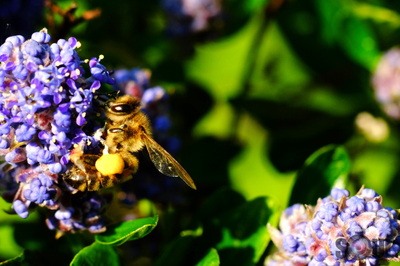
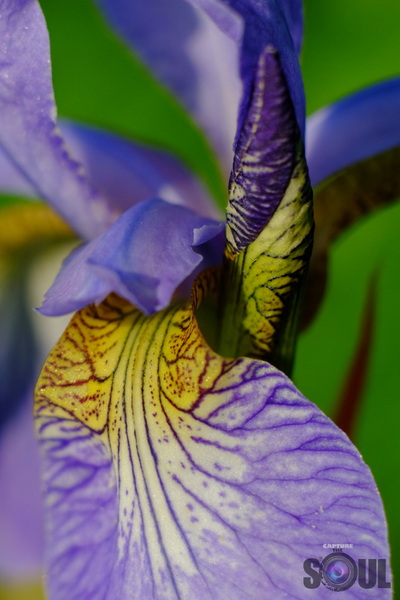
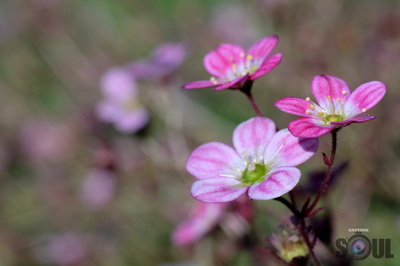
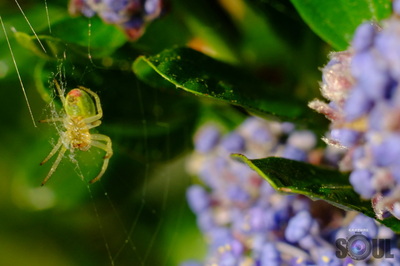
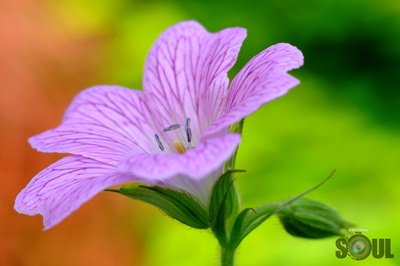
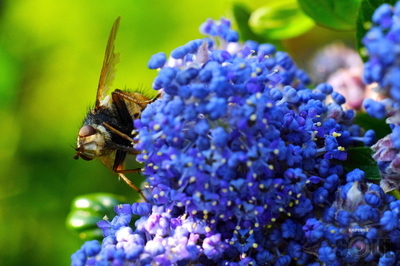
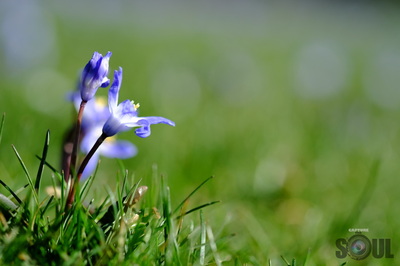
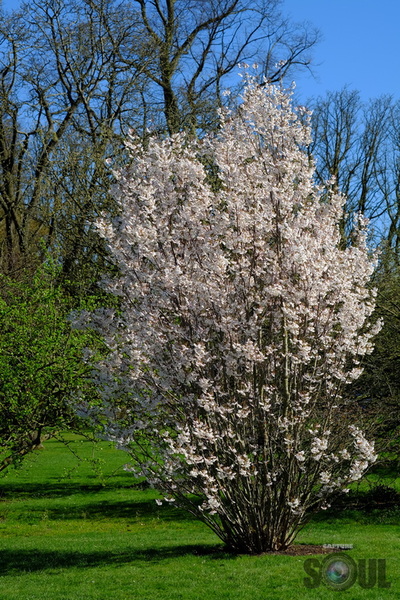
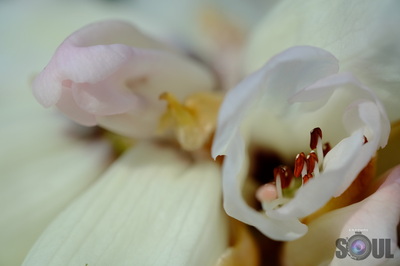

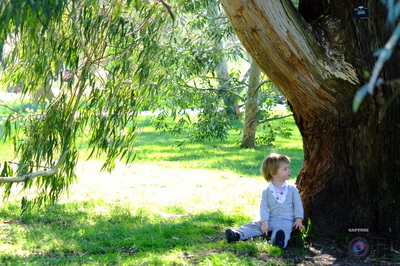
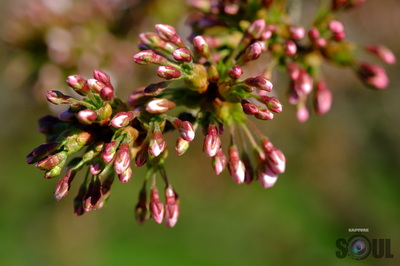
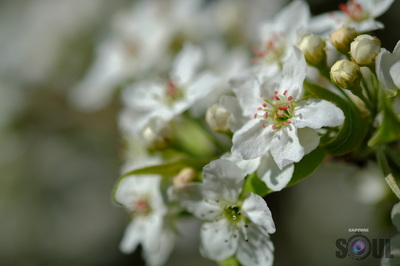
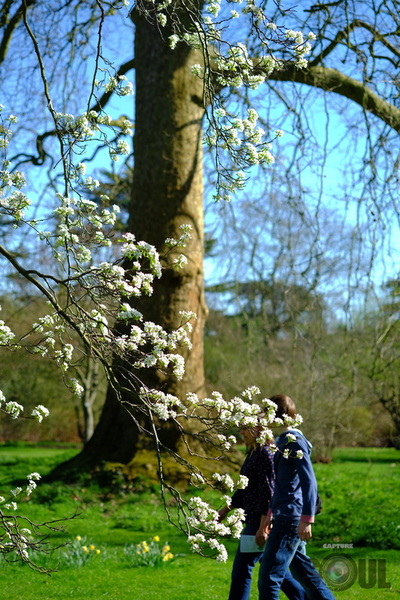
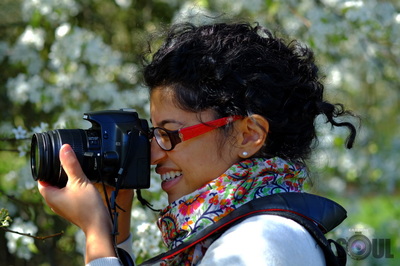
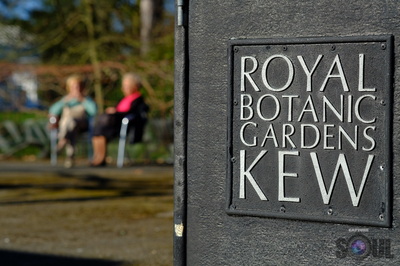

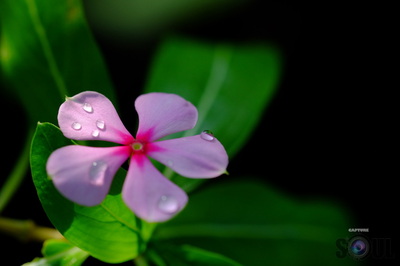
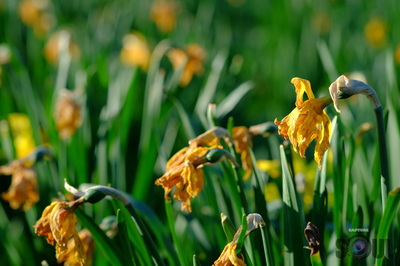
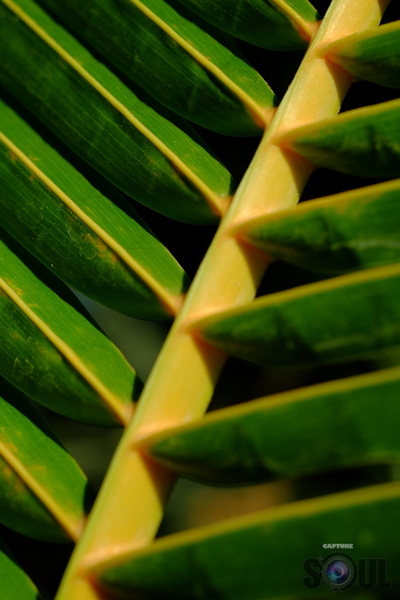
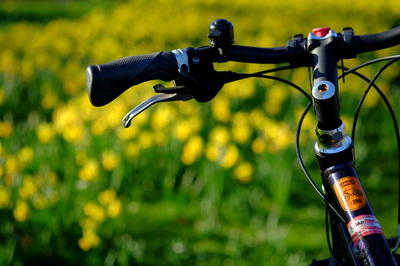
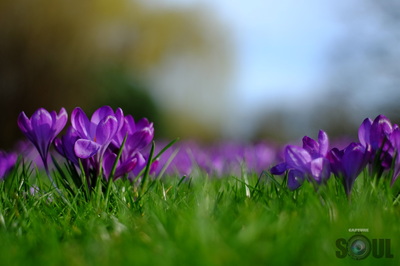
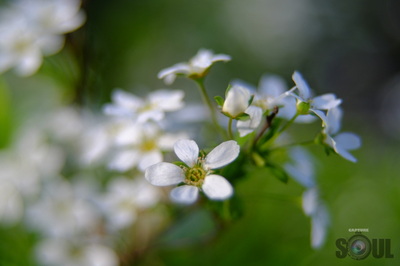
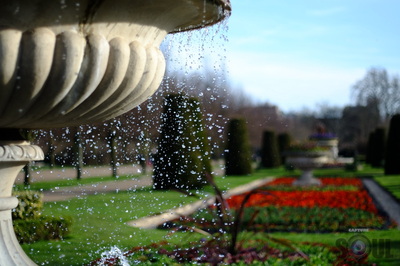
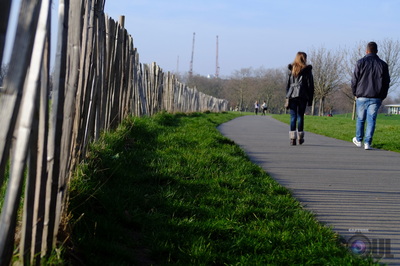
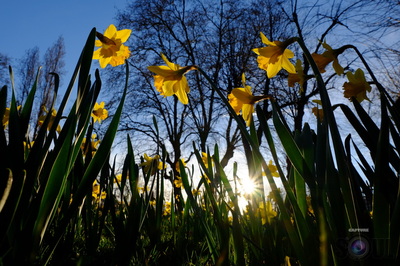
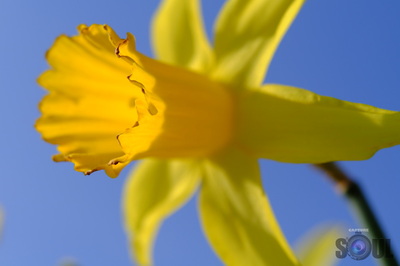
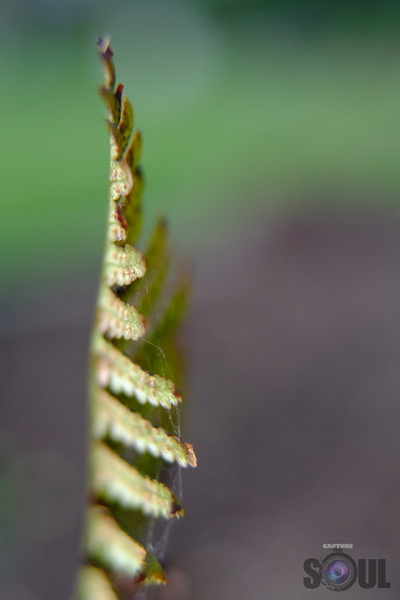
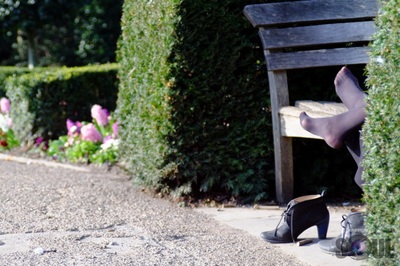
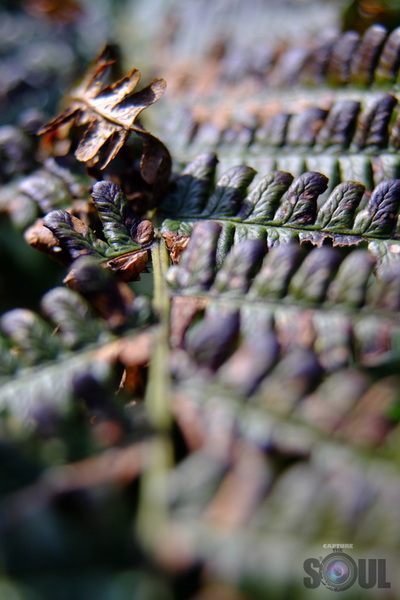
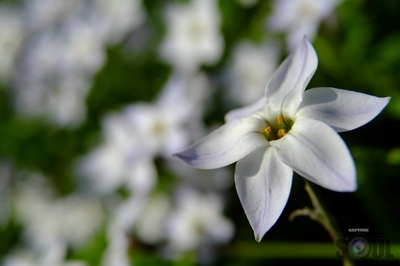
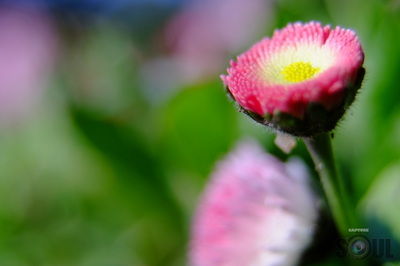
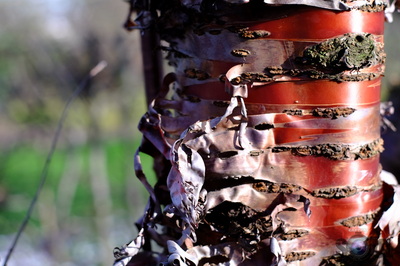
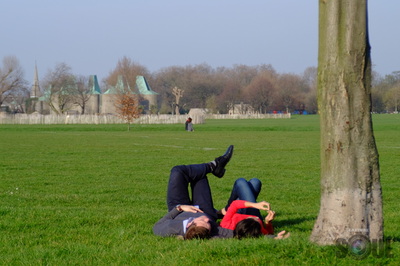
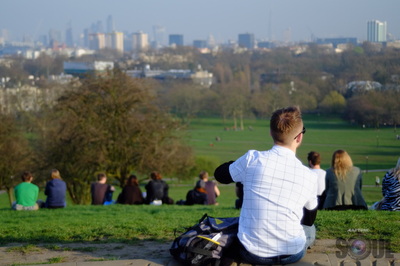
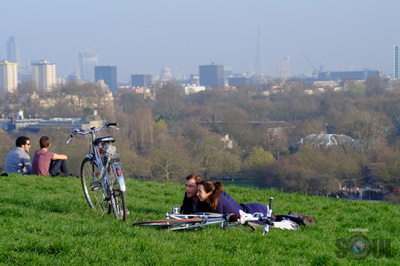
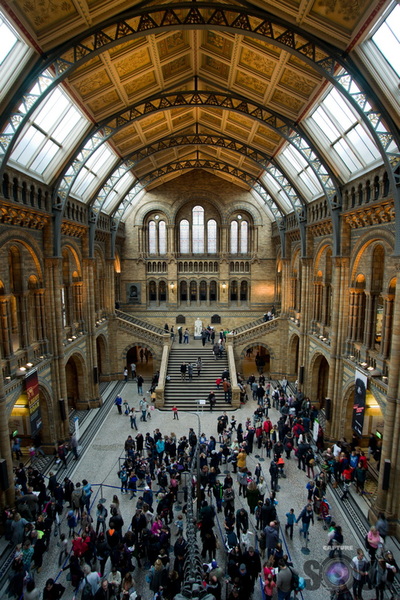
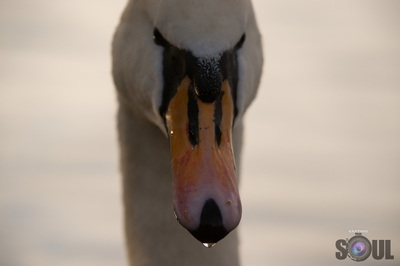
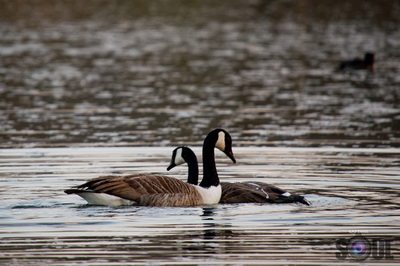
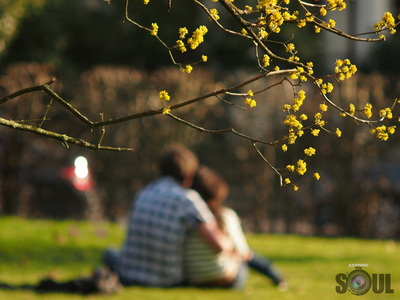
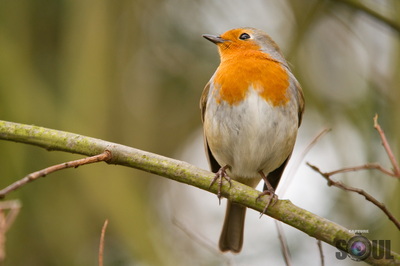
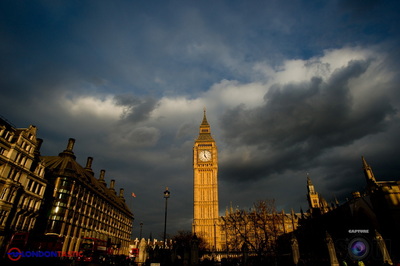
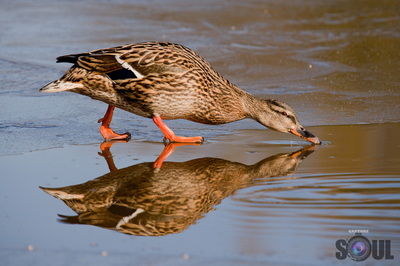
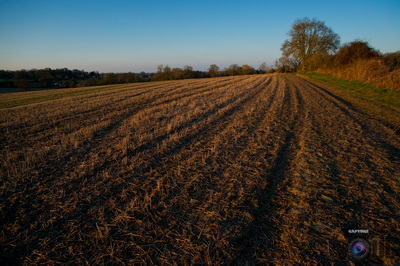

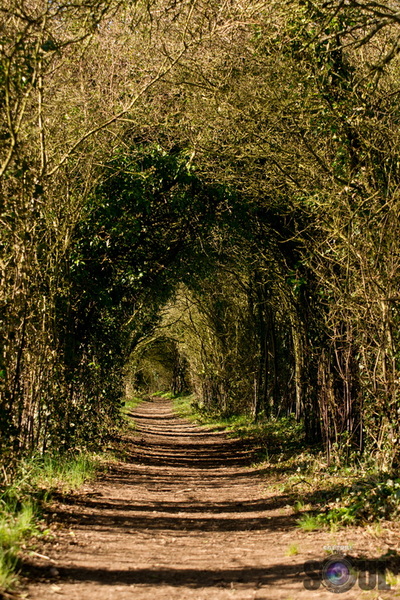
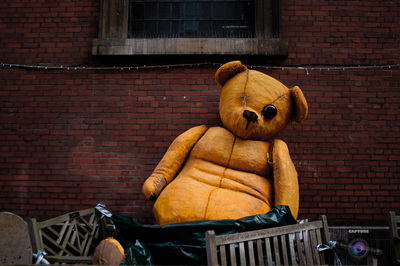
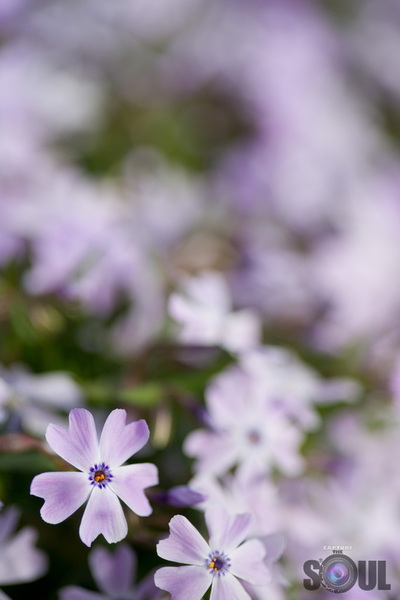
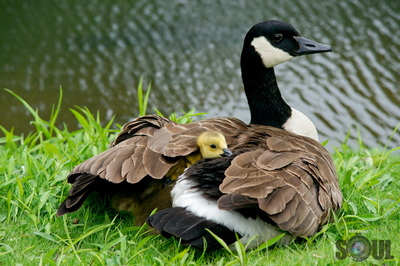
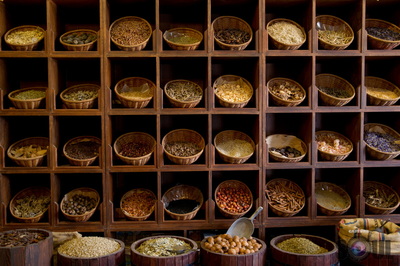
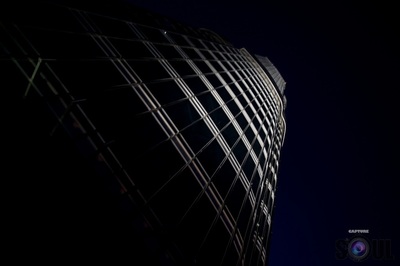


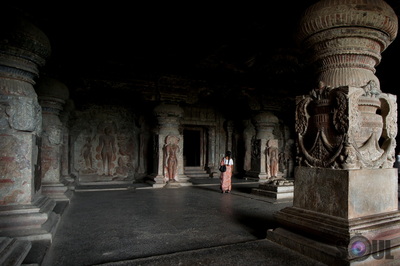
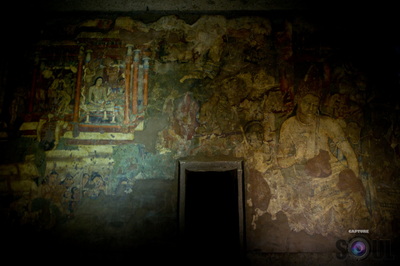
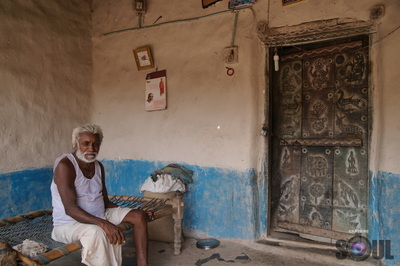


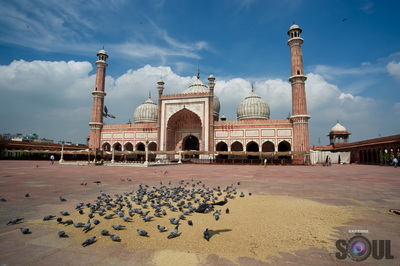
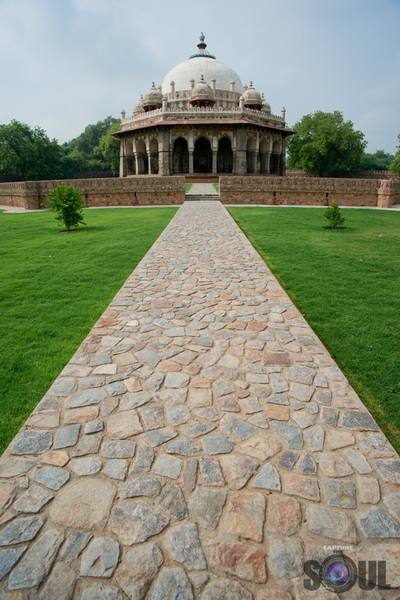
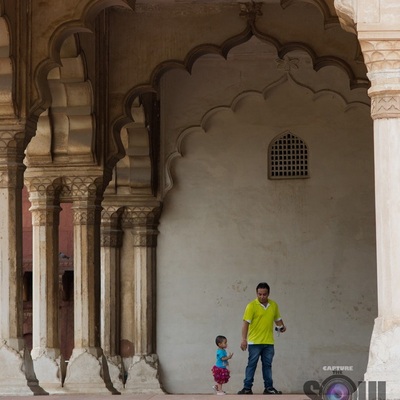
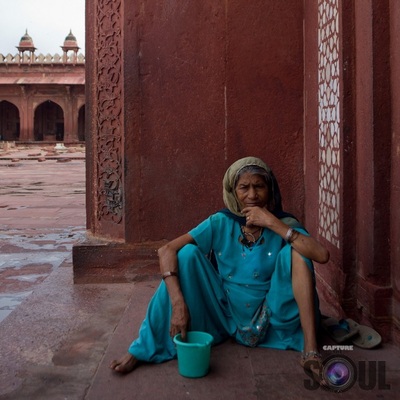
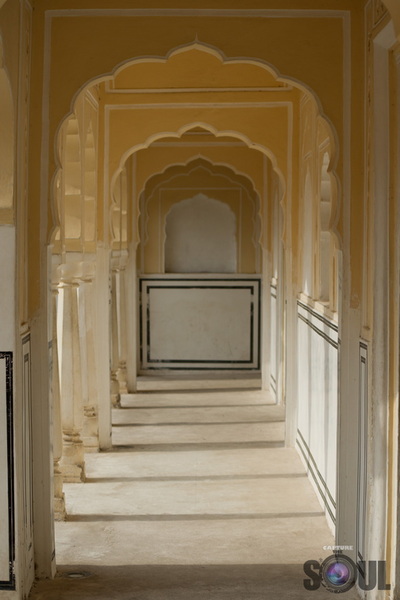
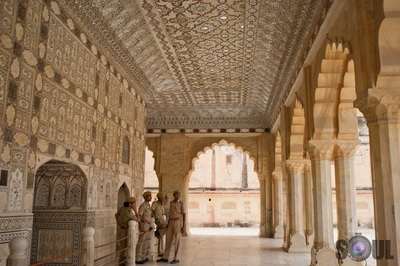
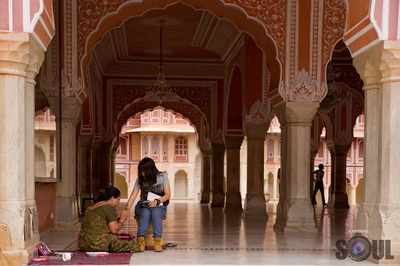
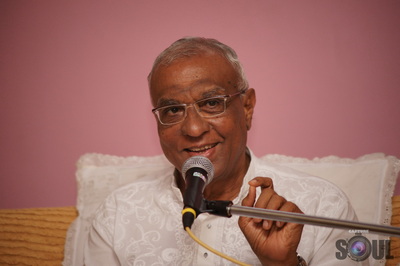


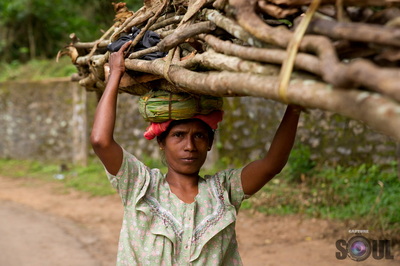
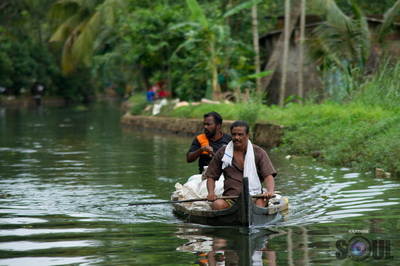
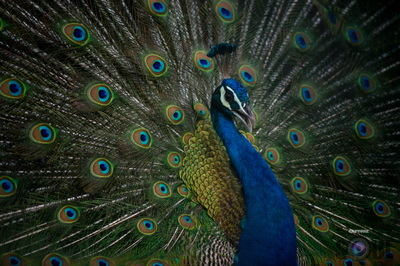
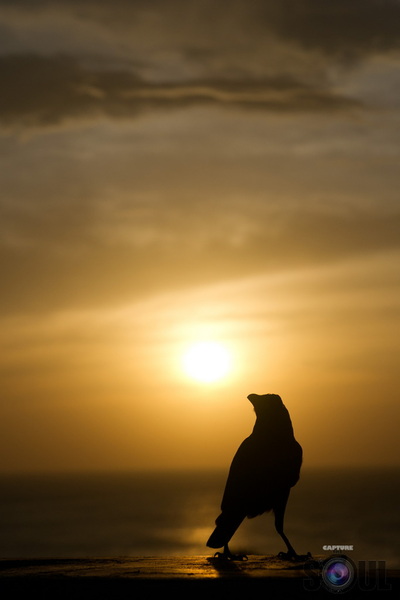
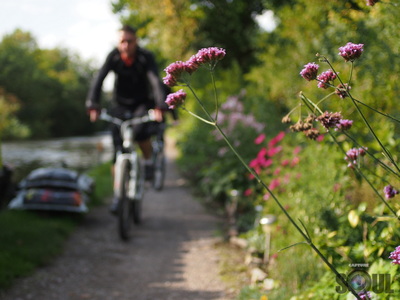
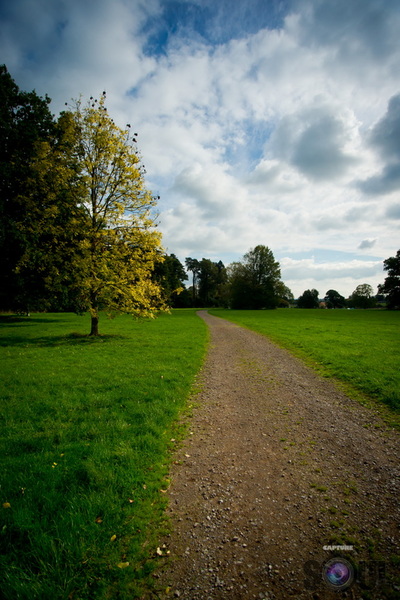
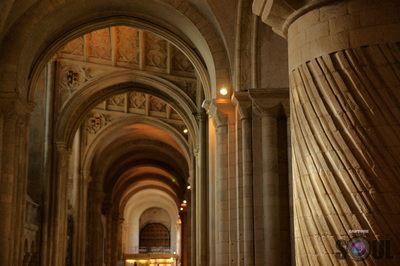

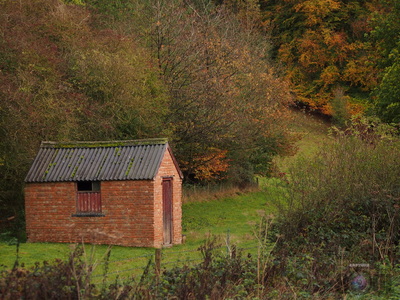

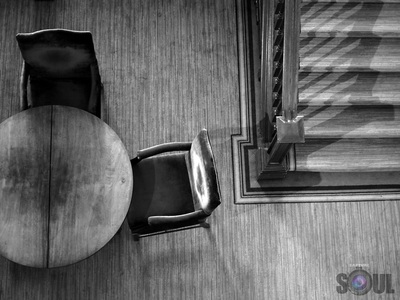
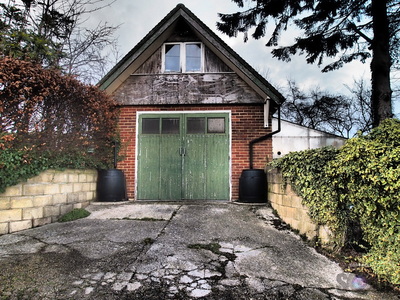
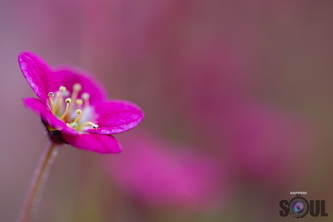
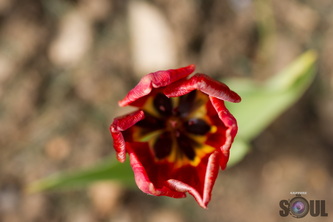
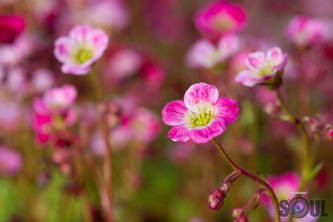
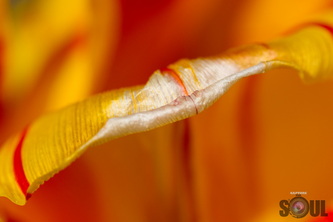
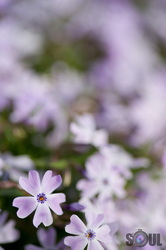
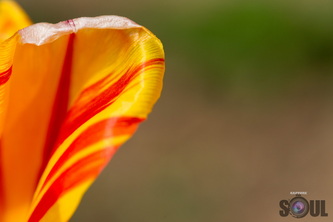
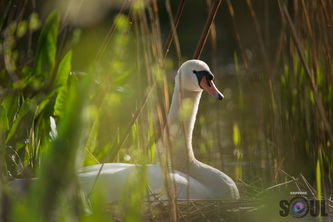
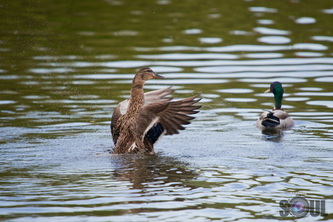
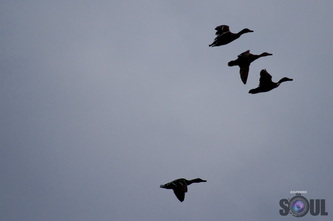
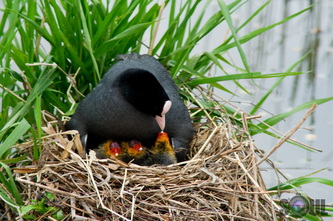
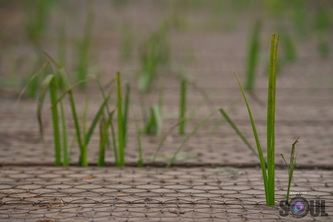
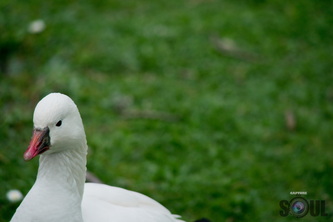
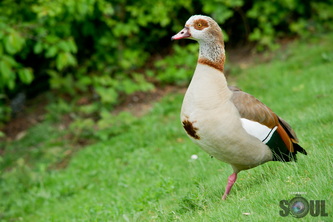
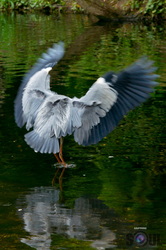
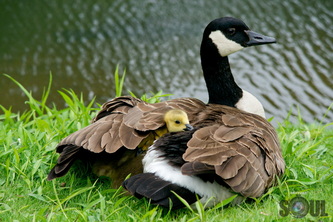
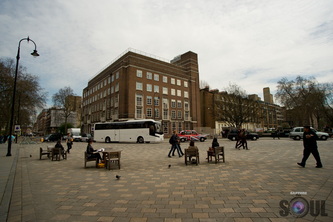
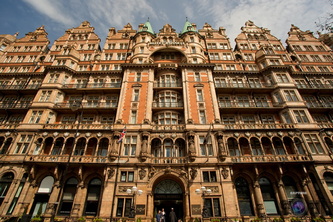
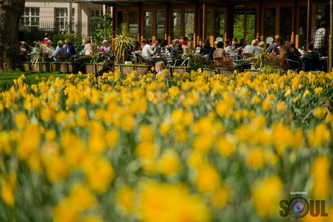
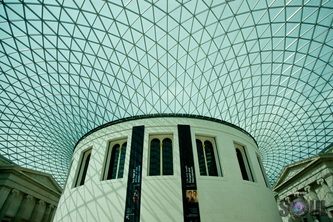
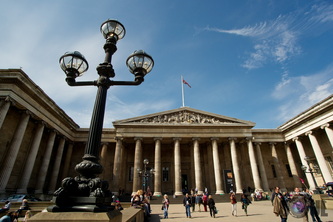
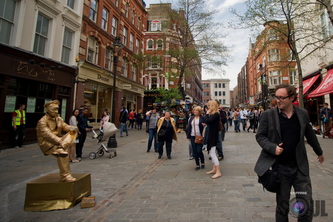
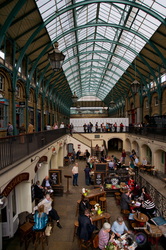
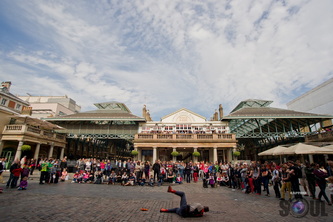
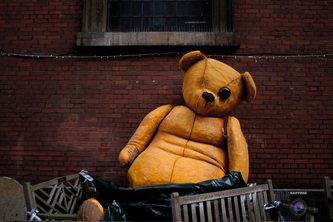
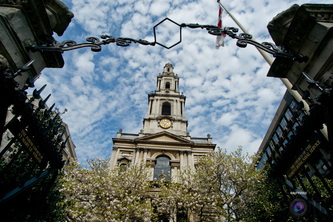
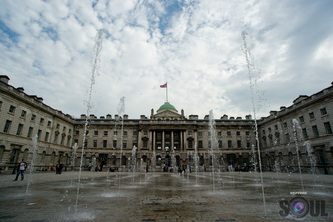
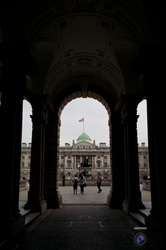
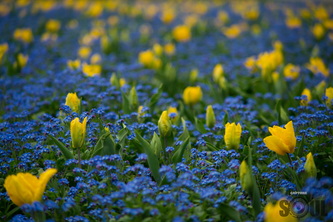
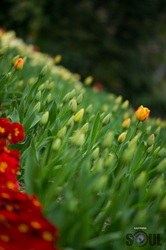
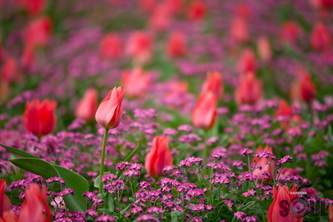
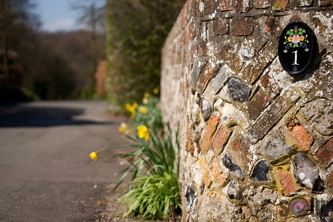
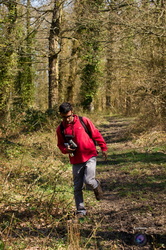
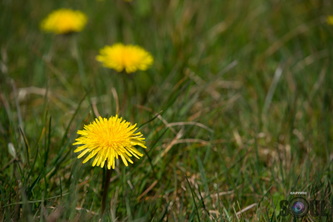
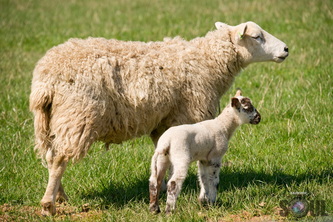
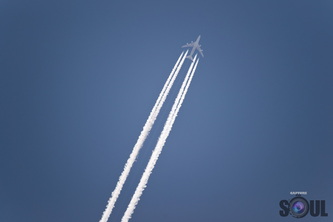
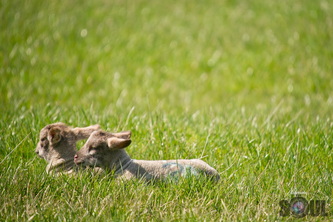
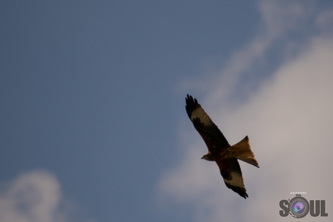
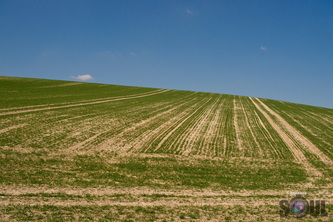
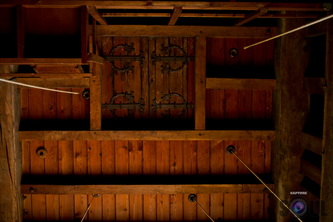
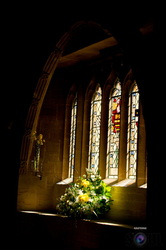
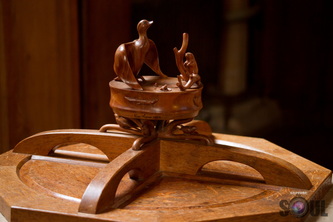
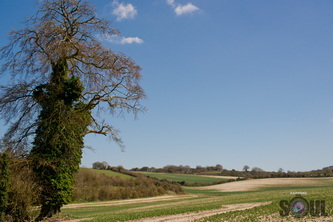
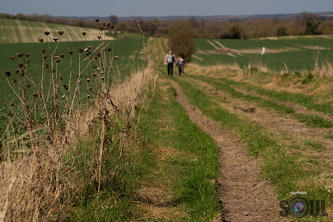
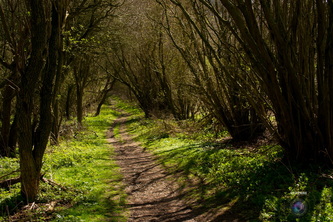
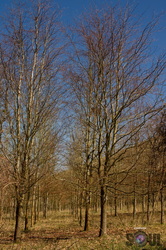
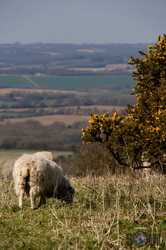
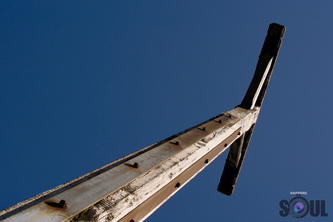
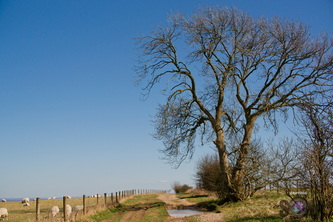
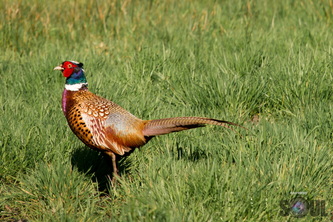

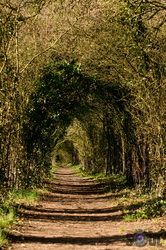
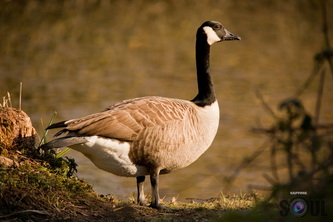
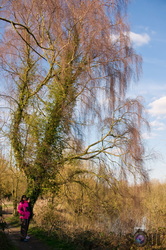
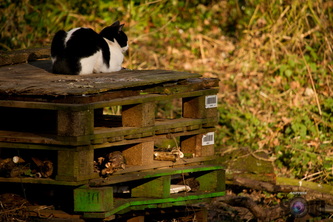
 RSS Feed
RSS Feed